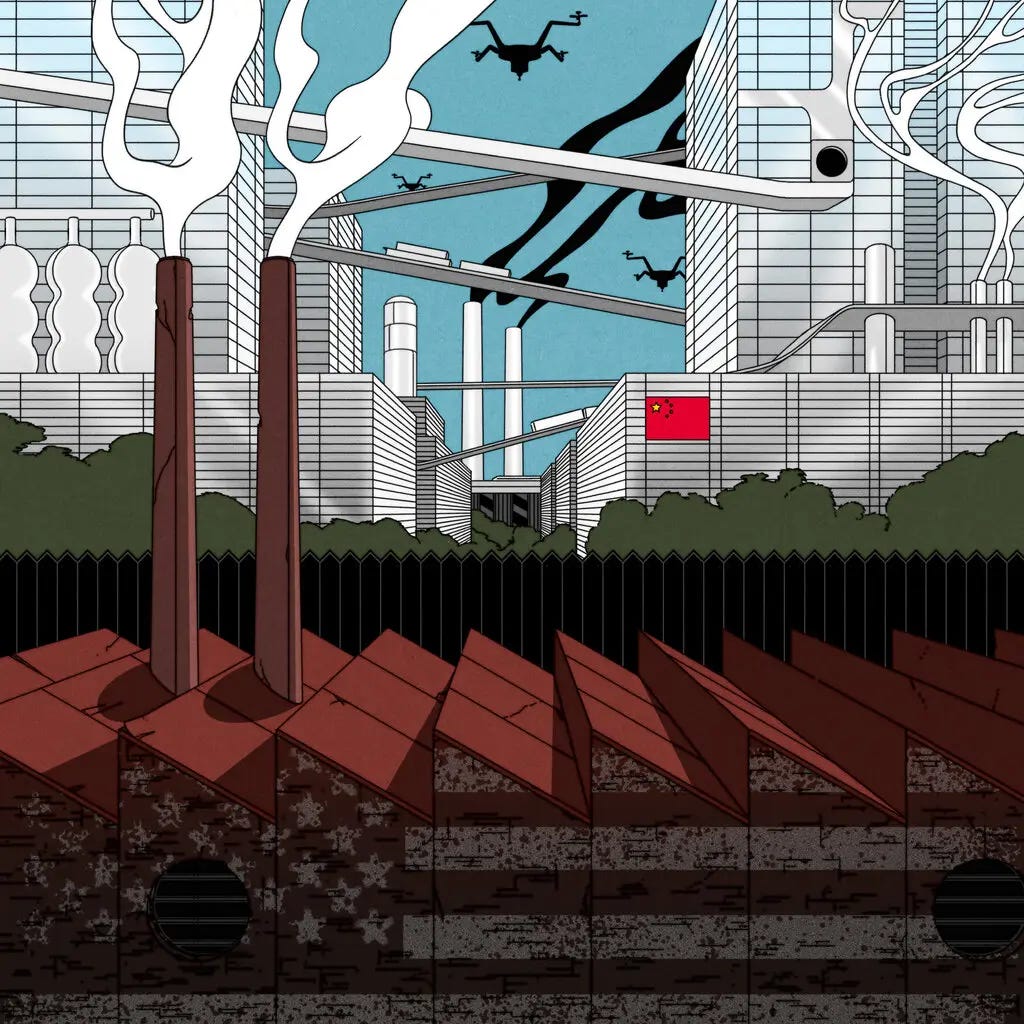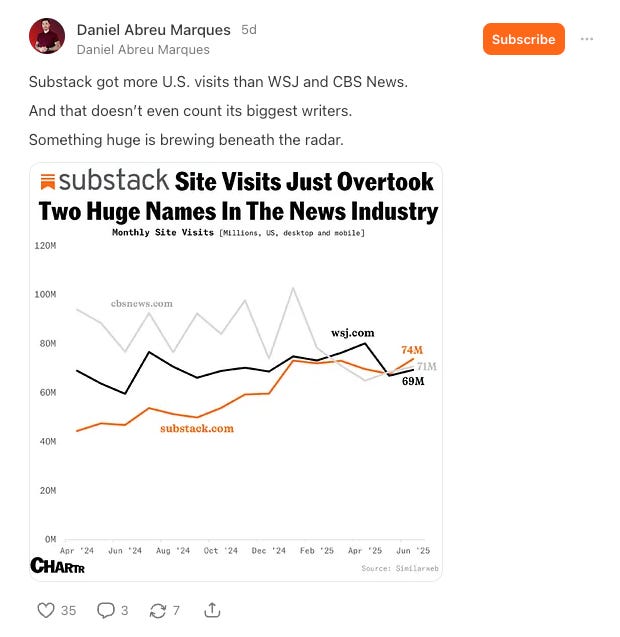Bring Out The Best
Elinor Ostrom | China Shock 2.0 | Substack
A core goal of public policy should be to facilitate the development of institutions that bring out the best in humans. We need to ask how diverse polycentric institutions help or hinder the innovativeness, learning, adapting, trustworthiness, levels of cooperation of participants, and the achievement of more effective, equitable and sustainable outcomes.
| Elinor Ostrom
…
It is nearly impossible to imagine that those responsible for dismantling American institutions, in this administration, have considered the ideas behind Elinor Ostrom’s appeal to bring out the best in humans.
China Shock 2.0
In We Warned About the First China Shock. The Next One Will Be Worse., economists David Autor, and Gordon Hanson begin by saying they wish we weren’t still talking about China’s devastating impacts on the American economy twenty-odd years ago, and particularly, manufacturing. They quantify what happened [emphasis mine]:
The first time China upended the U.S. economy, between 1999 and 2007, it helped erase nearly a quarter of all U.S. manufacturing jobs. Known as the China Shock, it was driven by a singular process — China’s late-1970s transition from Maoist central planning to a market economy, which rapidly moved the country’s labor and capital from collective rural farms to capitalist urban factories. Waves of inexpensive goods from China imploded the economic foundations of places where manufacturing was the main game in town, such as Martinsville, Va., and High Point, N.C., formerly the self-titled sweatshirt and furniture capitals of the world. Twenty years later, those workers haven’t recovered from those job losses. Although places like these are growing again, most job gains are in low-wage industries. A similar story played out in dozens of labor-intensive industries simultaneously: textiles, toys, sporting goods, electronics, plastics and auto parts.
Yet once China’s Mao-to-manufacturing transition was complete, sometime around 2015, the shock stopped building. Since then, U.S. manufacturing employment has rebounded, growing under President Barack Obama, the first Trump term and President Biden.
However, they want to get through our heads the pointlessness of trying to regain, now, in 2025, what was so completely lost twenty years ago:
It’s bordering on delusional to think the United States can — or should even want to — simultaneously compete with China in semiconductors and tennis sneakers alike […] when China has 100M employed in manufacturing, and the US only 17M.
They bad mouth MAGA rearview mirror policymaking, and in particular lambaste tariffs:
What has been America’s response? [to China Shock 2.0 so far]? Mostly tariffs: tariffs on everything, everywhere, all at once. This would have been a lackluster strategy for fighting the trade war America lost 20 years ago.
The authors are recanting their previous, China Shock 1.0 position on trade policy, which was free-market oriented. Now a more aggressive and long-range, tightly-managed industrial policy is needed.
Autor and Hanson offer four principles that should guide China trade policy, going forward:
China Shock threatens our commercial allies, like the EU, so our actions and our allies should be coordinated. Simultaneously, we should convince China to build EV and battery plants in the US, which was something the Chinese have done to great effect in the past. This could lead to a transfer of technology in our direction.
We should emulate China's investment in strategic technologies -- drones, advanced chips, fusion, quantum, biotech -- like we did in WWII, the Cold War (NASA), and the pandemic (Warp Speed).
Pick areas we can win or must have, eg semiconductors, and rare earths.
'prevent the devastating impacts of job loss from the next major shock, be it from China or somewhere else (you’ve heard of A.I., right?). The scarring effects of manufacturing-job loss have caused America a heap of economic and political trouble over the past two decades.'
A final admonition:
Managing China Shock 2.0 requires playing to our strengths, not licking our wounds.
I expect that these thought will have zero impact on current China trade policy — or cooperation with those countries that should be, in a normal world, our trade allies — until the Republicans are out of power. Their efforts seem totally oriented toward fighting the last China Shock again, and losing, again.
Meanwhile, Americans won’t be able to buy and drive the world’s most affordable and advanced electric vehicles.
Substack
I found this factoid astonishing: Substack is getting more site visits than WSJ (I dropped my sub there last year) and CBS News (which I seldom visit).
Note: I don’t know if this does or does not include what is read in the Substack app.



